Sawing a sheet of plywood is quick and safe when it's resting on a sheet of rigid foam insulation.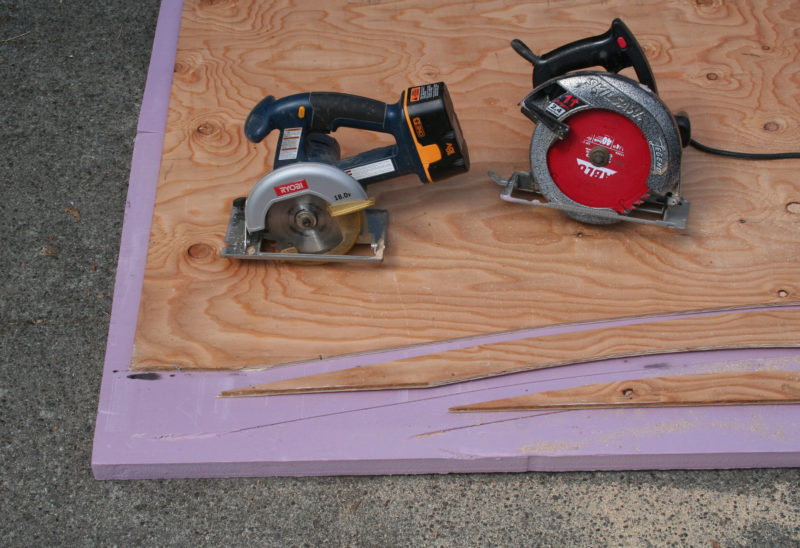 SBM photos
SBM photos
Join The Conversation
We welcome your comments about this article. To include a photo with your remarks, click Choose File below the Comment box.





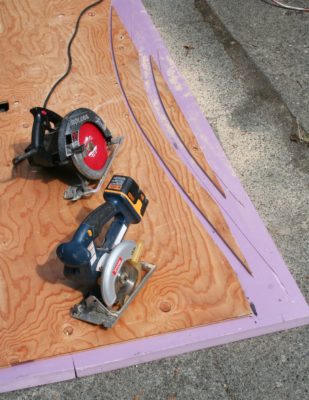









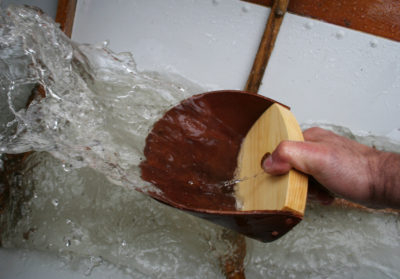





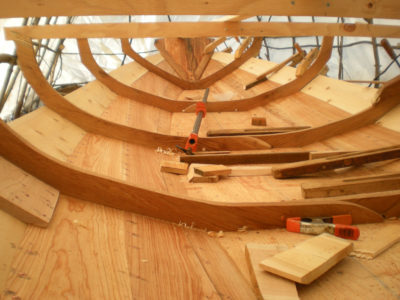

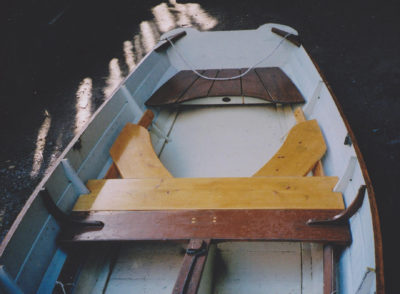

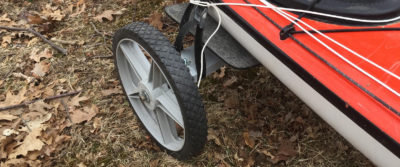

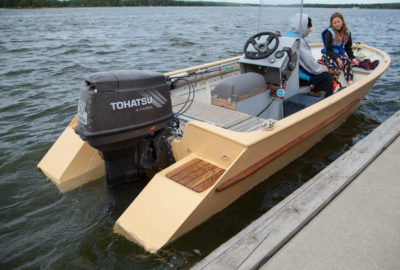
An absolutely brilliant idea. I have used foam for cutting other things, but never wood. I have to give this a try on my home projects.
Thank you!
Thank you for a fine idea. This approach to ripping large panels is just what I need. Very clever.
I thought I’d died and gone to heaven when I discovered a source of extruded polystyrene foam in Indonesia. Of course expanded PVC is a much stronger foam, but there are only a few manufactures in the world (Divinicel, Klegecel) and the price is many times the price of XPS. I found that XPS mates well with epoxy and, cut in strips, will bend readily to a curve. I have since used XPS to build rudder blades for a large sailing catamaran, a dagger board for an F 27 trimaran (reinforced with some carbon fiber) and a round bilge dinghy. By gluing strips of foam around a temporary mold, filling the groves with thickened epoxy and sheathing the insides and outsides with fiberglass set in epoxy, I “cold molded” a hull that is reminiscent of the Strongplank System (a foam and fiberglass sandwich technology invented by Dieter Comes for one-off boatbuilding). My next project is to build a wave-breaking “third hull” under a large sailing catamaran to reduce the slapping of waves under the bridge deck, using XPS foam lamination.
Now this is a tip I can use! Never thought of it myself, so I’m glad there’s a place where stuff like this can be shared!
I understand the application of this but find it wasteful. We already have way too many plastics being dumped into our ecosystems. I struggle all the time with trying to find ways to use up all my wood/building wastes.
It’s true that plastics are a significant environmental concern. I don’t know of any biodegradable foam insulation boards or recycling centers that accept XPS. The foam board can, as the article indicated, be put to other uses.
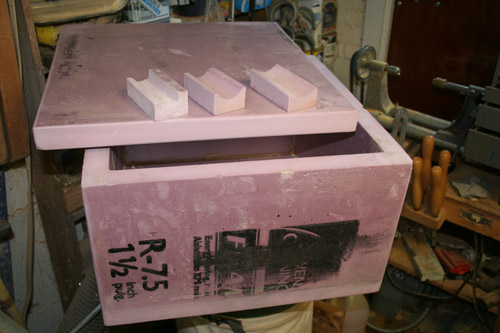
The bulk of the sheet I used is now a very effective cooler for my son’s Escargot canal cruiser. The smaller bits get used for sanding blocks. I use a bandsaw to cut the blocks to match the contours of woodwork I need to sand, whether it’s window molding (left) or spars (center and right). Don Aupperle uses a hot wire to cut foam sanding blocks with great precision.
I should mention that XPS foam is not a good choice for use as a steambox. The XPS distorts when subjected to steam. The foil-faced polyiso foam is what I’ve used for foam steamboxes and they’ve lasted for many years. (See “The Foam Steambox: In situ steaming,” WoodenBoat Nov/Dec 1992, issue 109.)
The clam skiff I built didn’t pose any problems with sawing plywood—it was a 12″ model of the 16′ clam skiff in John Gardner’s WoodenBoats to Build and Use—but using foam is a great idea for cutting plywood sheets when sheathing a roof. (I’m an importer of asphalt shingles from the US into Australia.) Cutting the plywood at the angles needed for hips or valleys is always difficult and you often cut through the timber framing underneath it. I’m going to try using foam on the next job.
This is a great idea. I used to work in a custom cabinet shop and it was quite a job to get a 3/4″ sheet of birch plywood to play nice on the table saw. I have since given up the cabinets—my back said no more installations—but I still work some wood at home. This will really make my back happy. Thanks for sharing this idea.